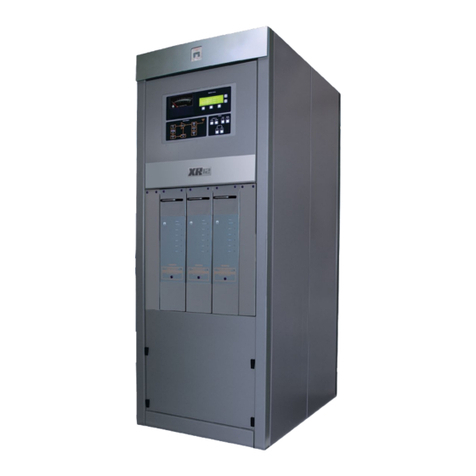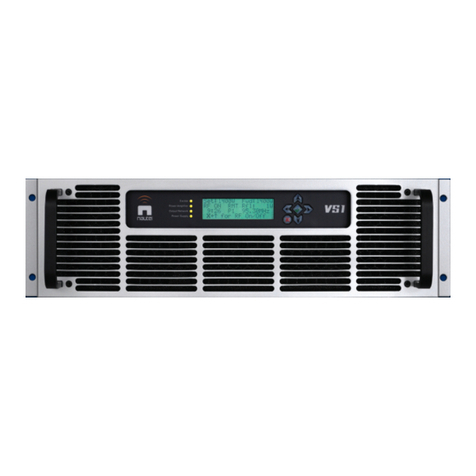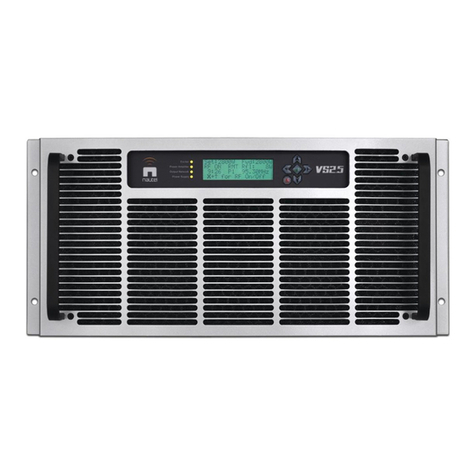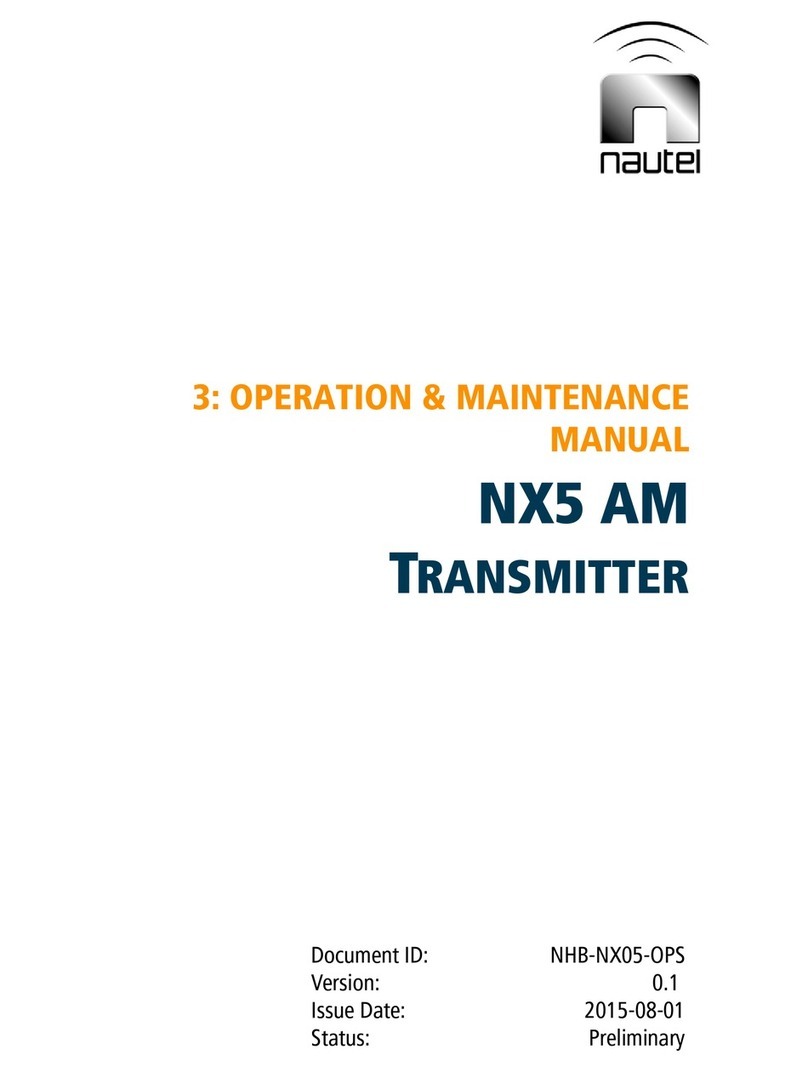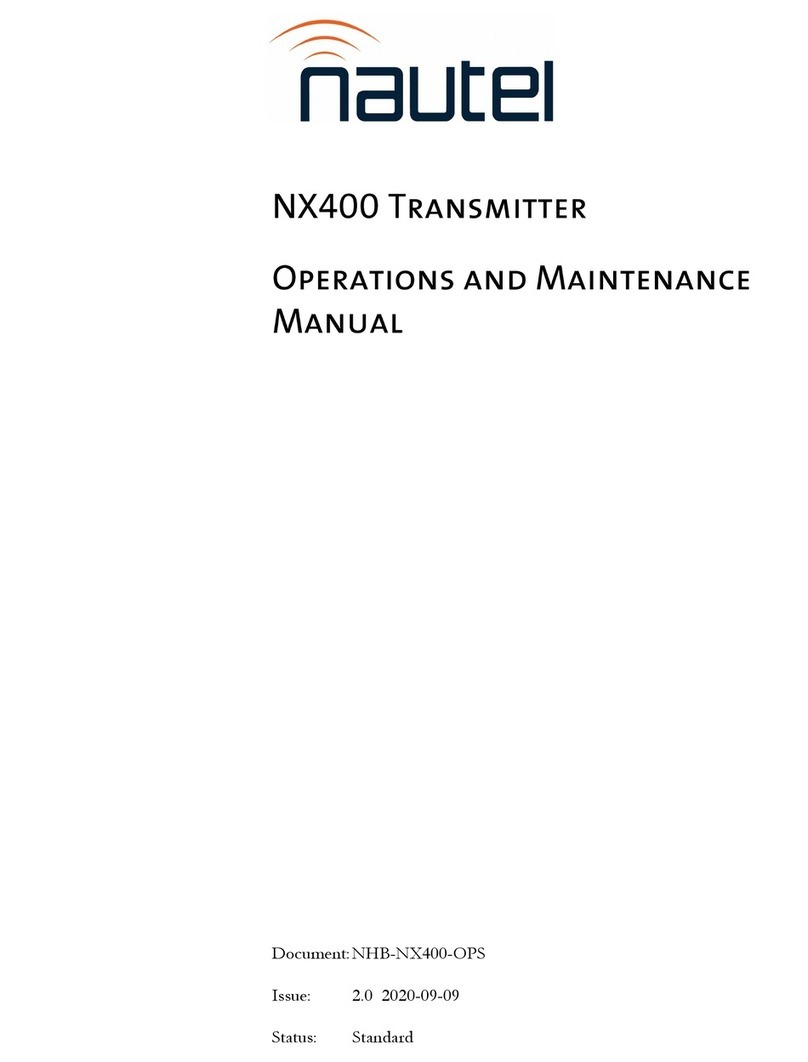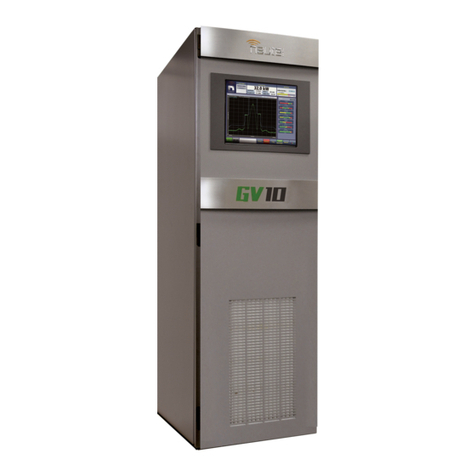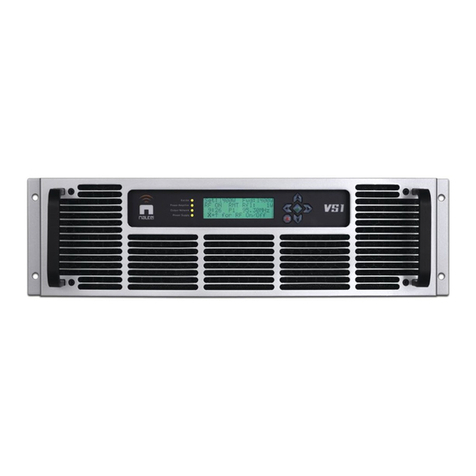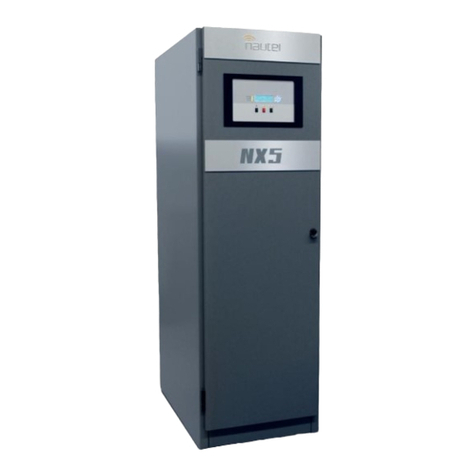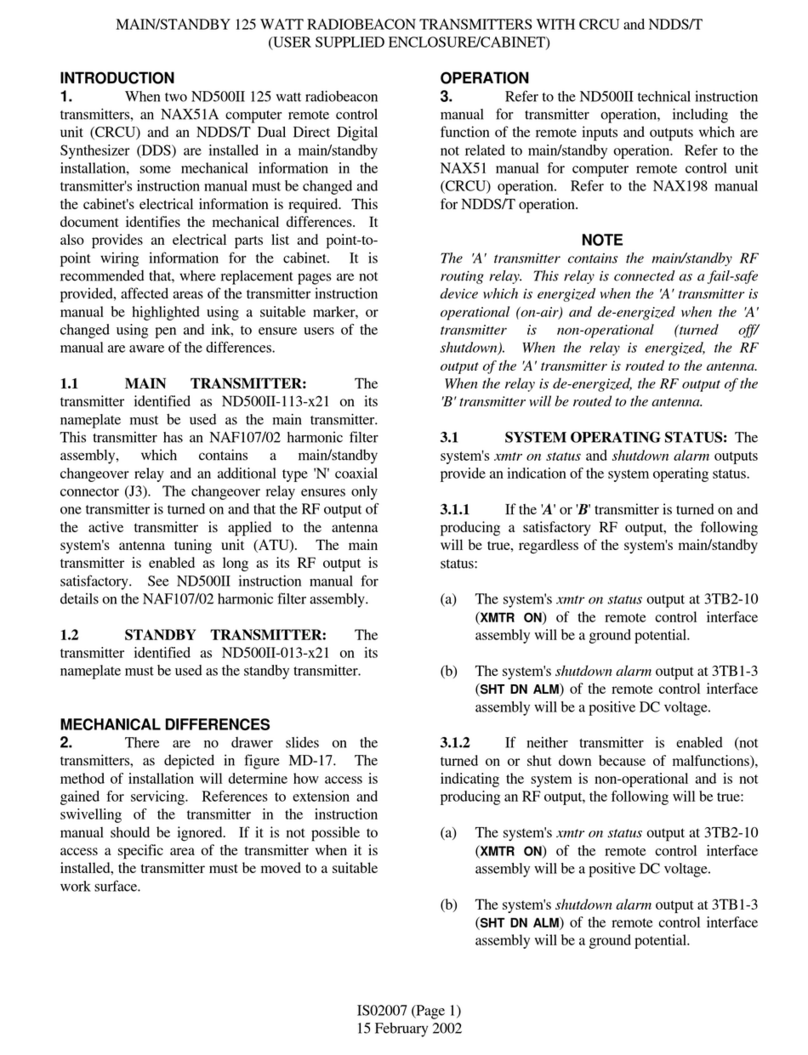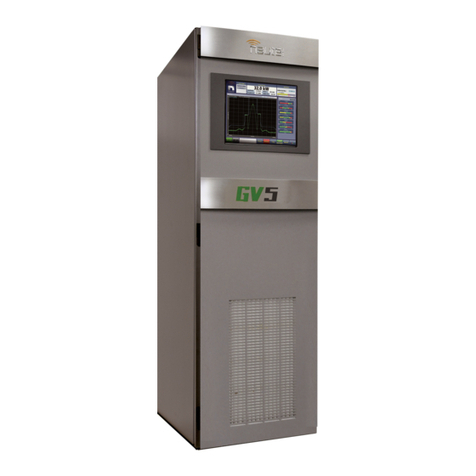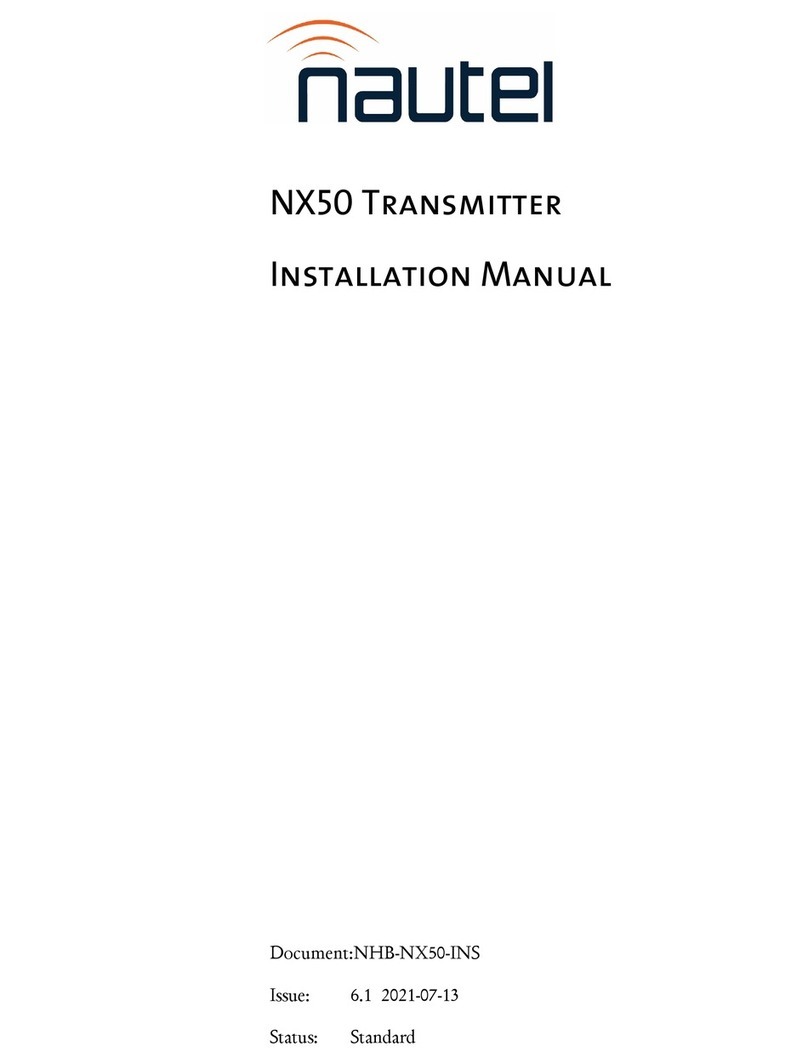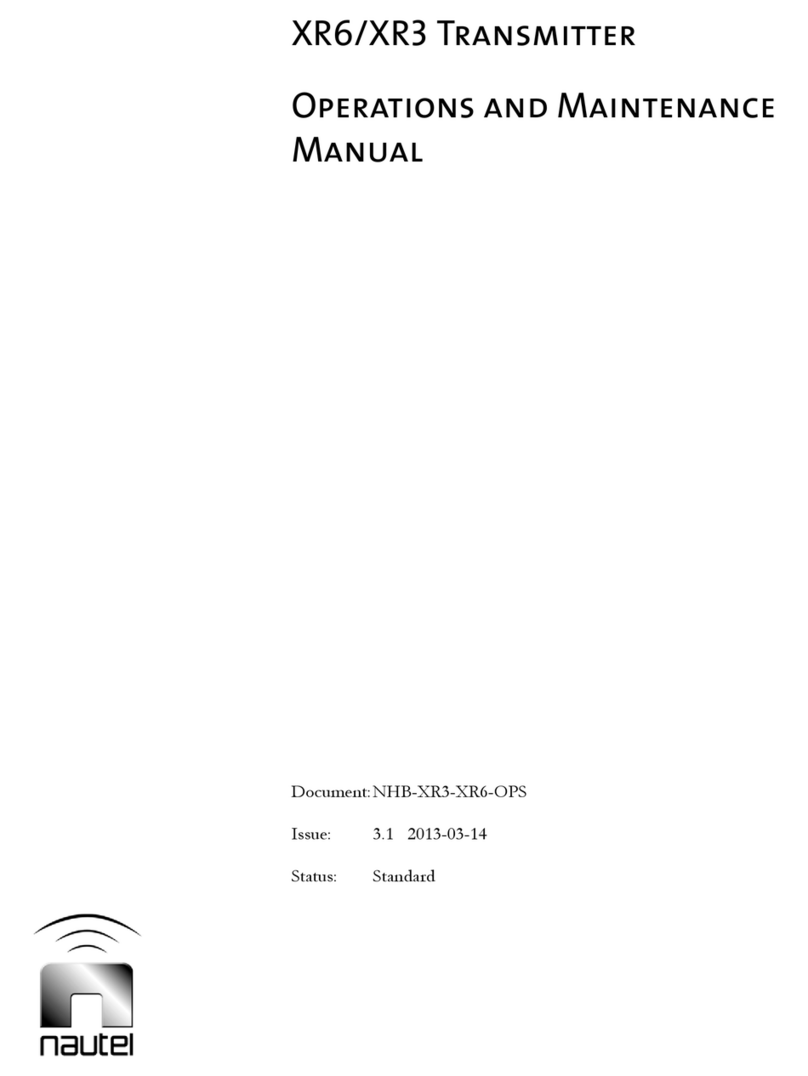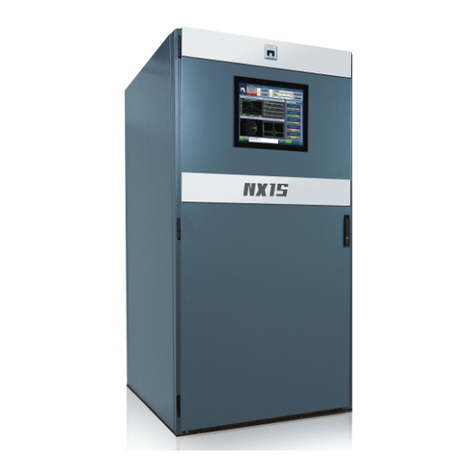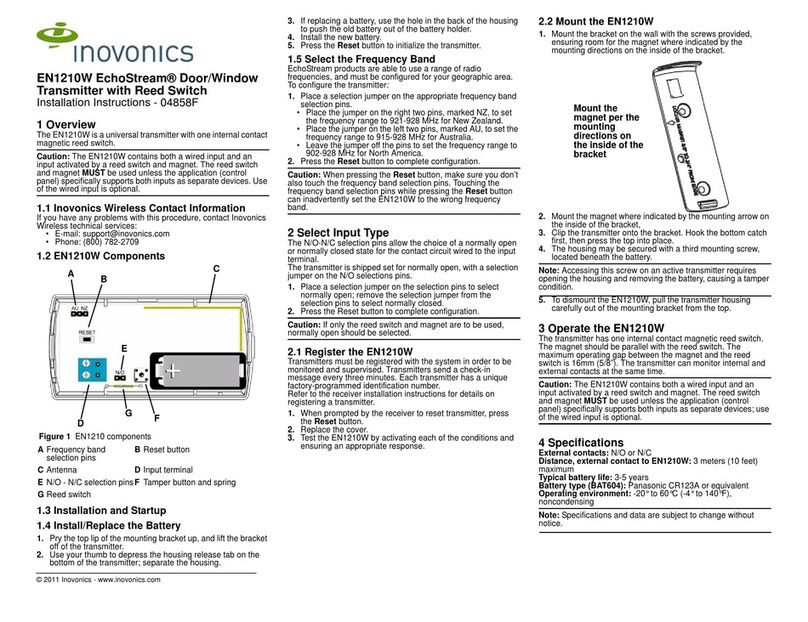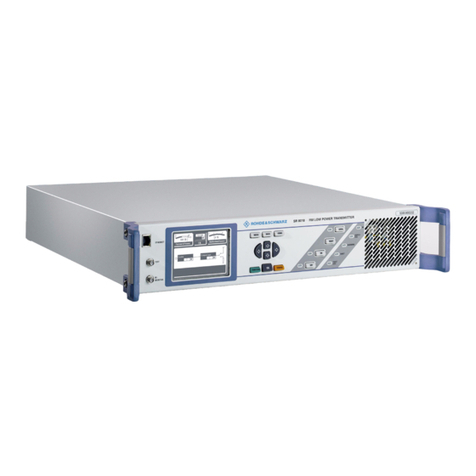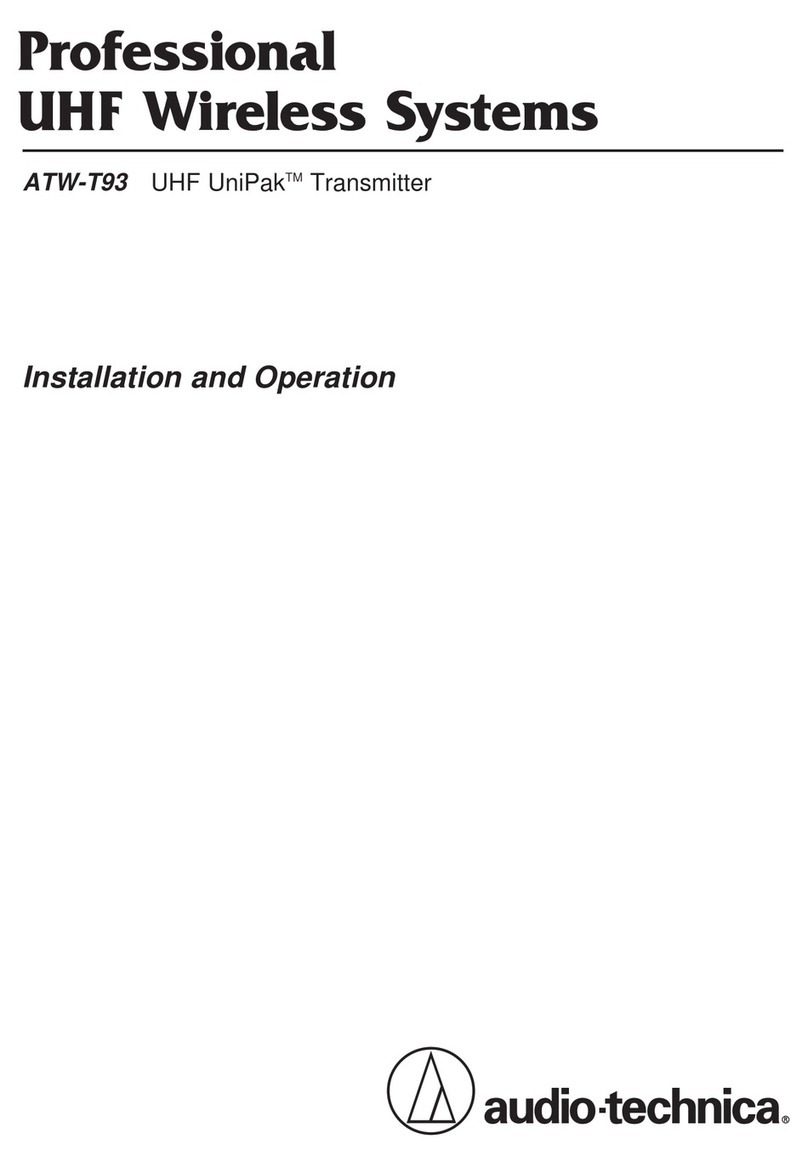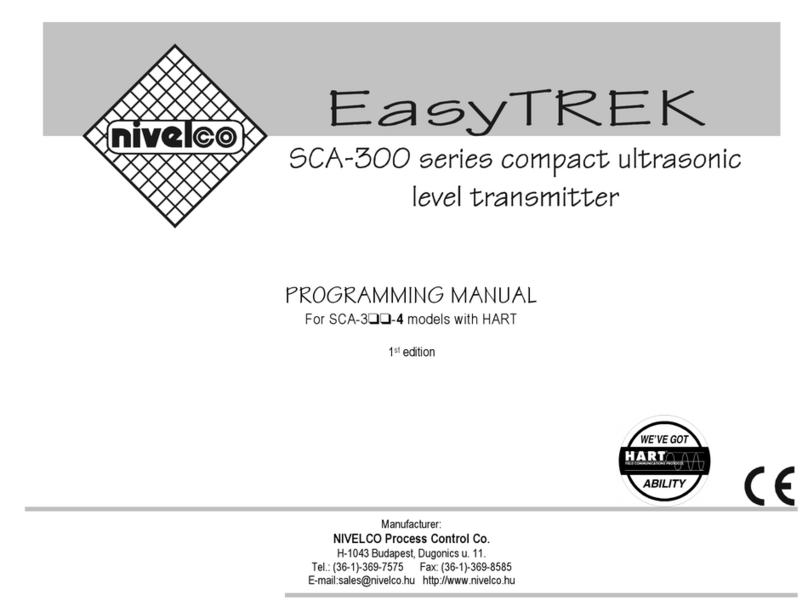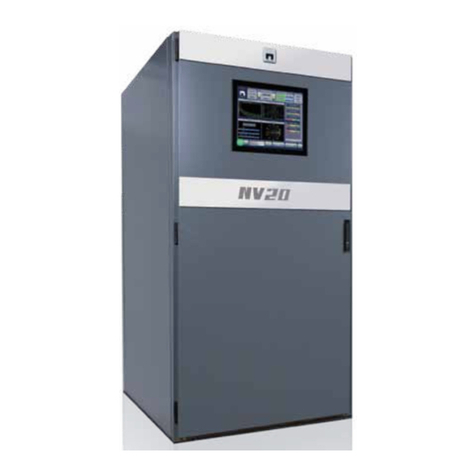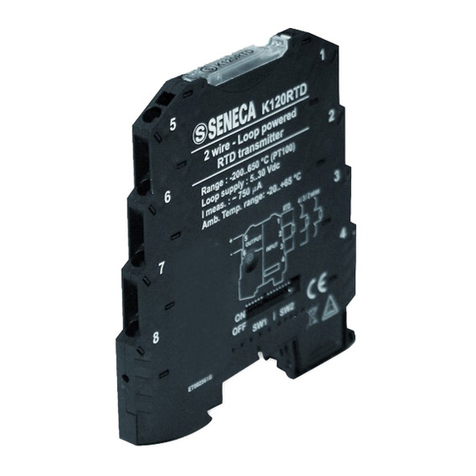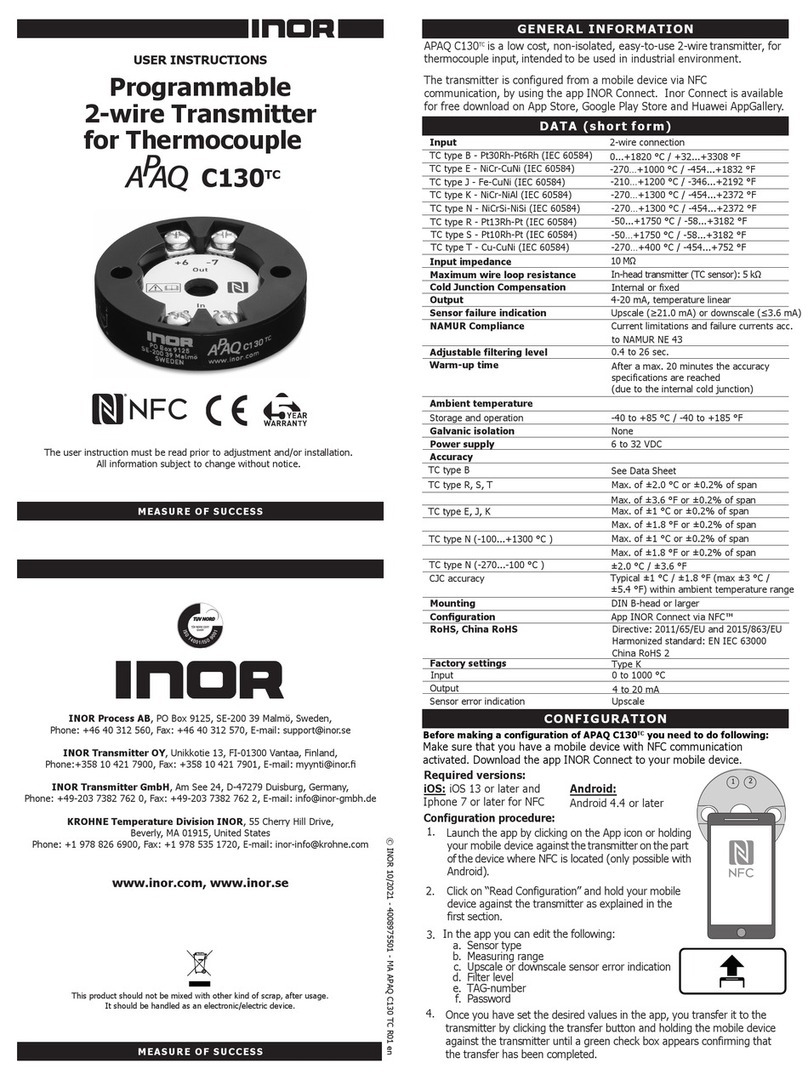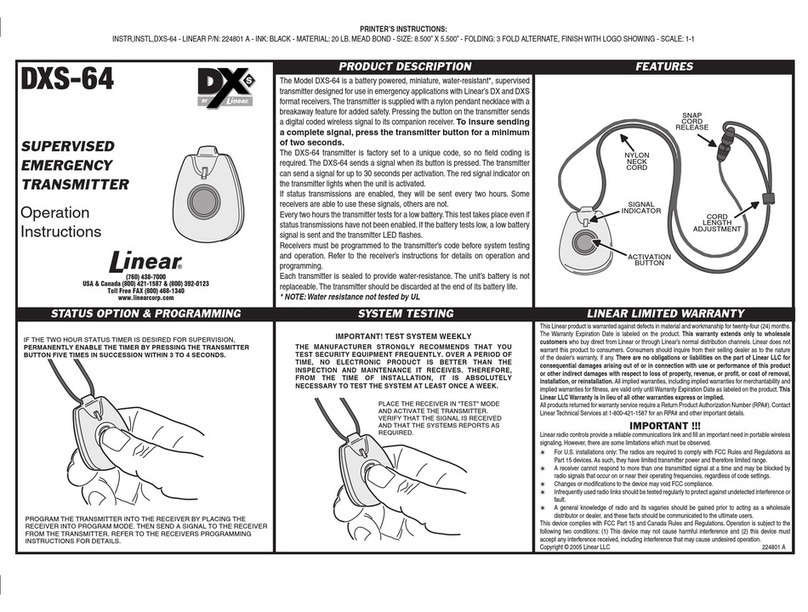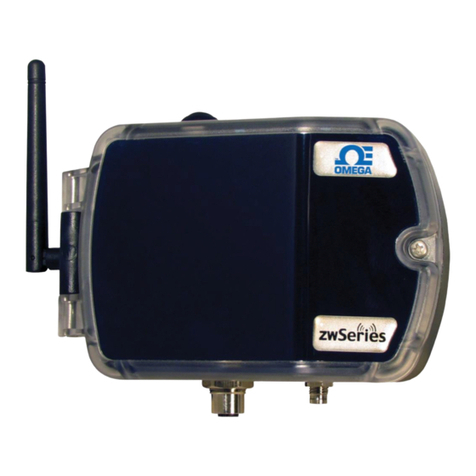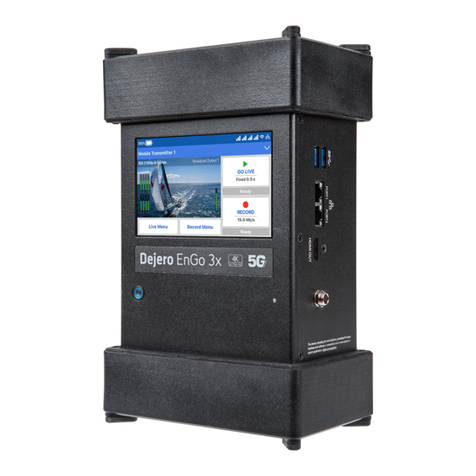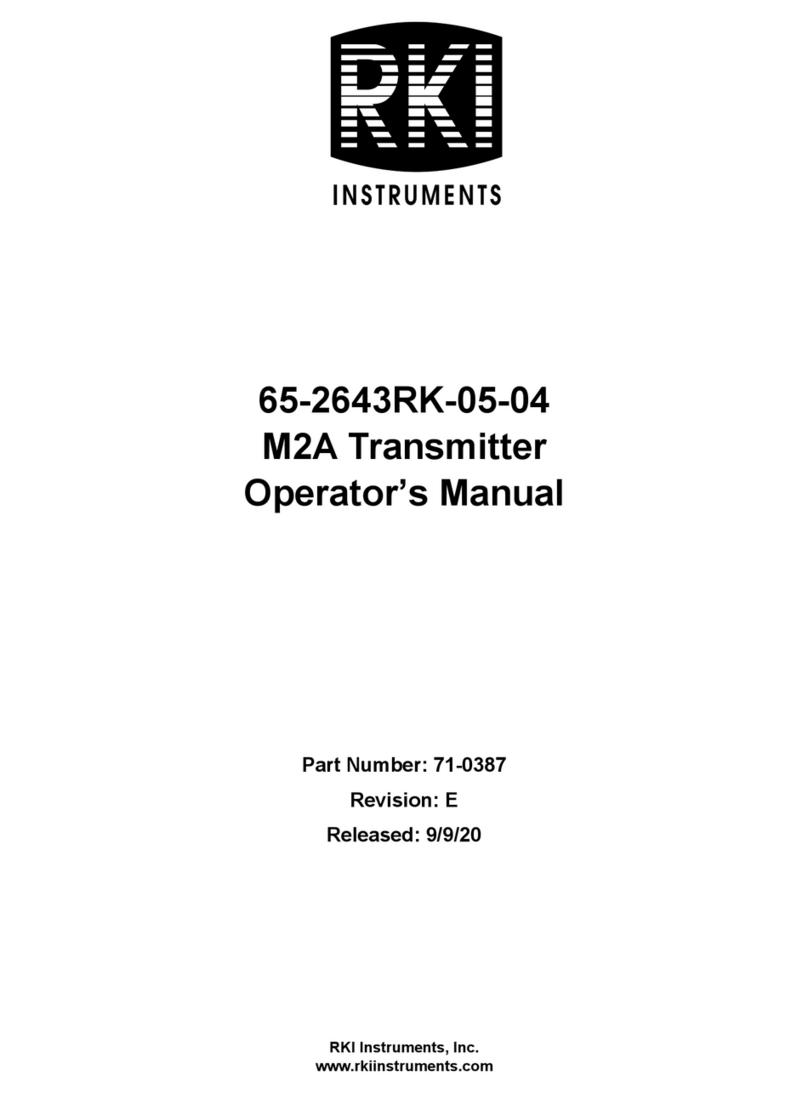
Page 2 Dual ND500II (NARB15 Cabinet) – IS04014A
Issue 1.0 Information Sheet
(e) The selected 'main' transmitter will be
providing the 'audio out' (RMT AUD)
sample via the dual transmitter interface
assembly (unit 3).
(f) If transmitter A is selected as the 'main'
transmitter, an open collector SHTDN ALM
(B)signal will be applied to 3A1J5-23
from A11J4-17 ('shutdown') of
transmitter B.
(g) If transmitter B is selected as the 'main'
transmitter, an open collector SHTDN ALM
(A) signal will be applied to 3A1J4-23
from A11J4-17 ('shutdown') of
transmitter A.
3.2 Shutdown/Changeover: If the
selected 'main' transmitter is shutdown
because an abnormal condition was sensed
for more than 20 seconds (maximum pre-
settable time period is 80 seconds), or for
any other reason, the following will occur:
(a) The +15 V power supply in the selected
'main' transmitter will be switched off,
removing +15 V from A11J4-13 of the
main transmitter and from A11J4-20 of
the standby transmitter via the dual
transmitter interface assembly (unit 3).
The standby transmitter will turn on.
(b) If transmitter A is selected as the 'main'
transmitter, the main/standby relay in the
transmitter A's harmonic filter will de-
energize and route the 'standby' (B)
transmitter's output to J1 (RF OUT) as the
RF output to the antenna system.
(c) If transmitter B is selected as the 'main'
transmitter, the main/standby relay in the
transmitter A's harmonic filter will
energize and route the 'standby' (A)
transmitter's output to J1 (RF OUT) as the
RF output to the antenna system.
(d) The 'standby' transmitter will provide 15
V and the manually controlled slewing
commands (ATU CONT) for the antenna
system's antenna tuning unit via the dual
transmitter interface assembly (unit 3).
(e) The standby transmitter will be providing
the 'audio out' (RMT AUD) sample.
(f) If transmitter A is selected as the 'main'
transmitter, an open collector SHTDN ALM
(A)signal will be applied to 3A1J4-23
from A11J4-17 ('shutdown') of
transmitter A, causing a ground to be
applied to RMT CHGOV ALM outputs
3A1J1-8 and 3A1TB3-6, indicating the
standby transmitter is on.
(g) If transmitter B is selected as the 'main'
transmitter, an open collector SHTDN ALM
(B)signal will be applied to 3A1J5-23
from A11J4-17 ('shutdown') of
transmitter B, causing a ground to be
applied to RMT CHGOV ALM outputs
3A1J1-8 and 3A1TB3-6, indicating the
standby transmitter is on.
4. INSTALLATION INFORMATION
Complete or verify the following
requirements are completed during
installation of the dual transmitter system.
(a) Ensure the cabinet will not topple, when
the transmitters are extended on their
drawer slides, by securely bolting the
cabinet to its mounting surface. There
are four mounting holes at the base of
the cabinet to accommodate securing
hardware (see figure 4).
(b) Permit extension of the transmitters on
their drawer slides by removing the four
M8 shipping bolts securing each
transmitter to the dual cabinet. The
cabinet’s side panels must be removed
to access these bolts. If the optional
remote control unit (unit 4) is installed,
remove its two shipping bolts also.
Reinstall side panels.
NOTE
Steps (c) through (g) involve connections
that are outside of the cabinet. There are
two cable entry holes (one at the top and
one at the bottom; see Figure 4) in the
cabinet. Select the most proximal cable
entry hole for each external connection.
(c) Connect appropriate ac power source
wiring (115 V ac, 60 Hz or 230 V ac
50/60 Hz) to ac duplex box J2.

